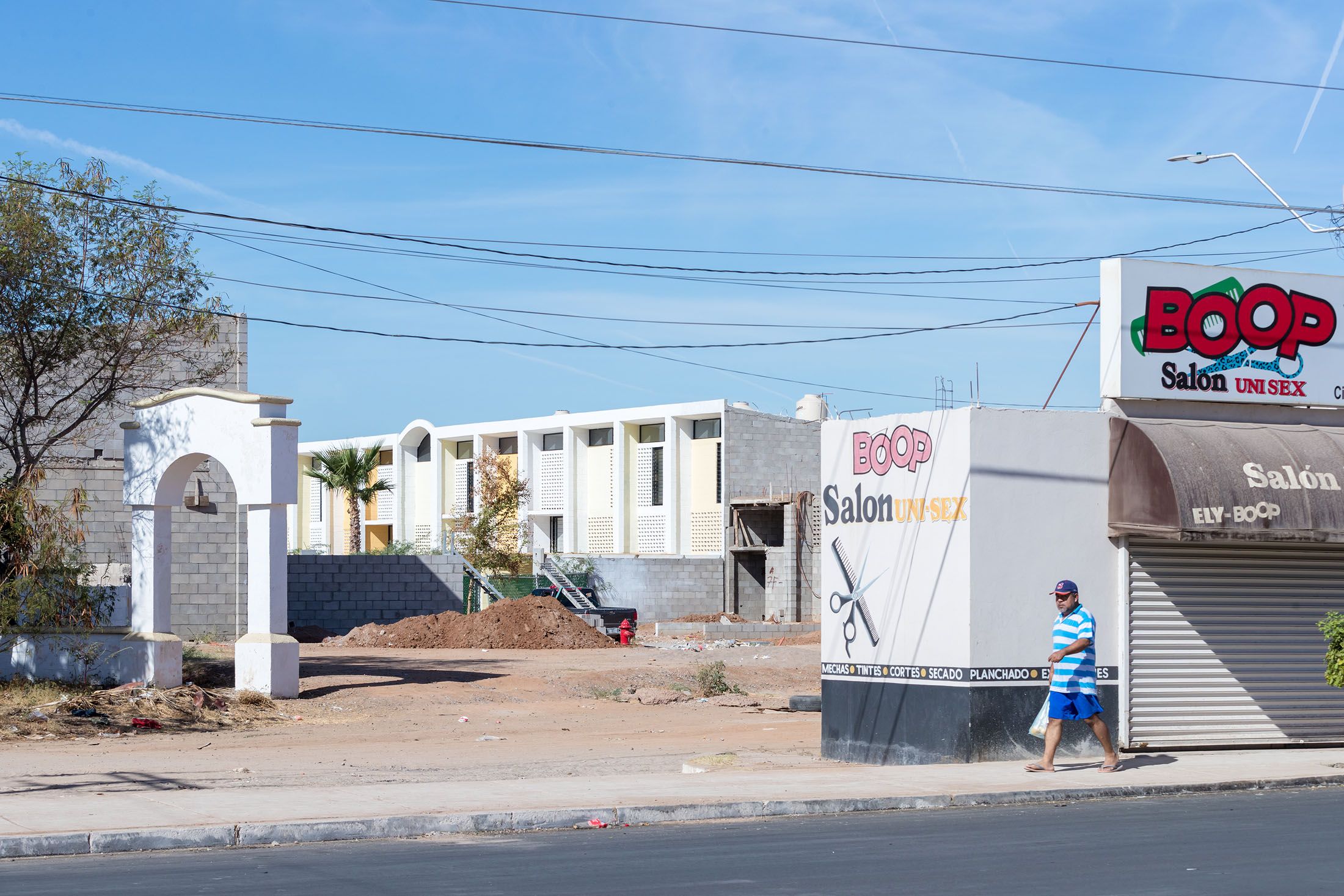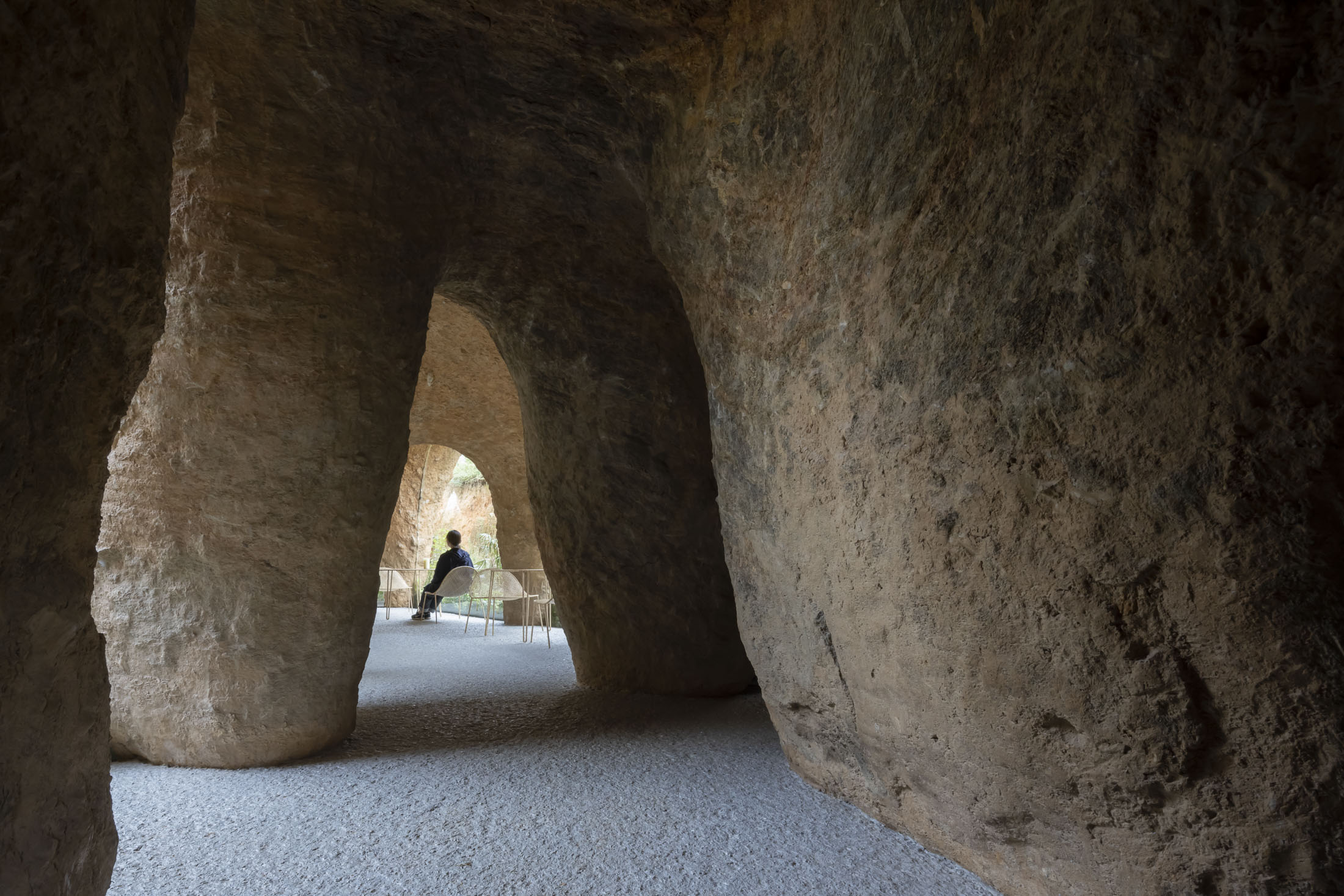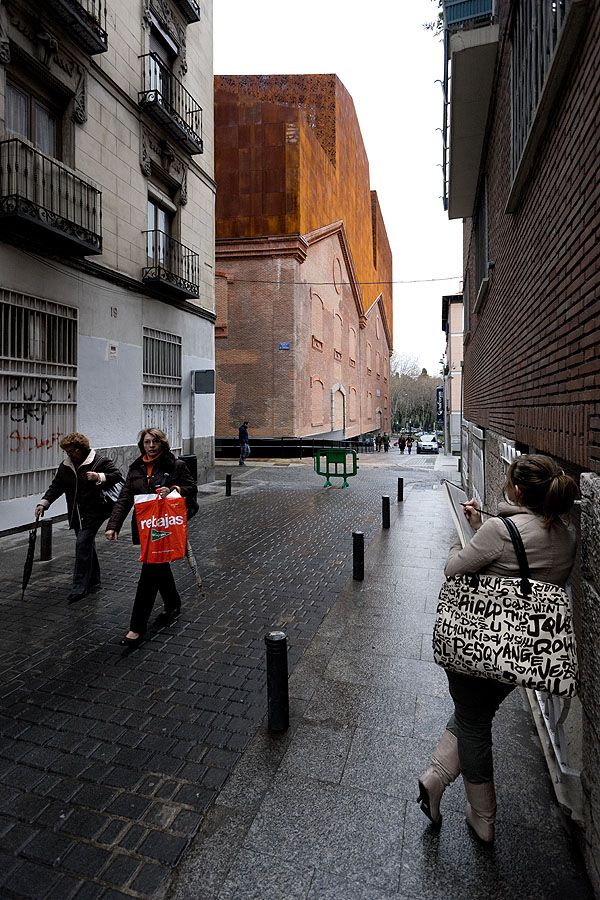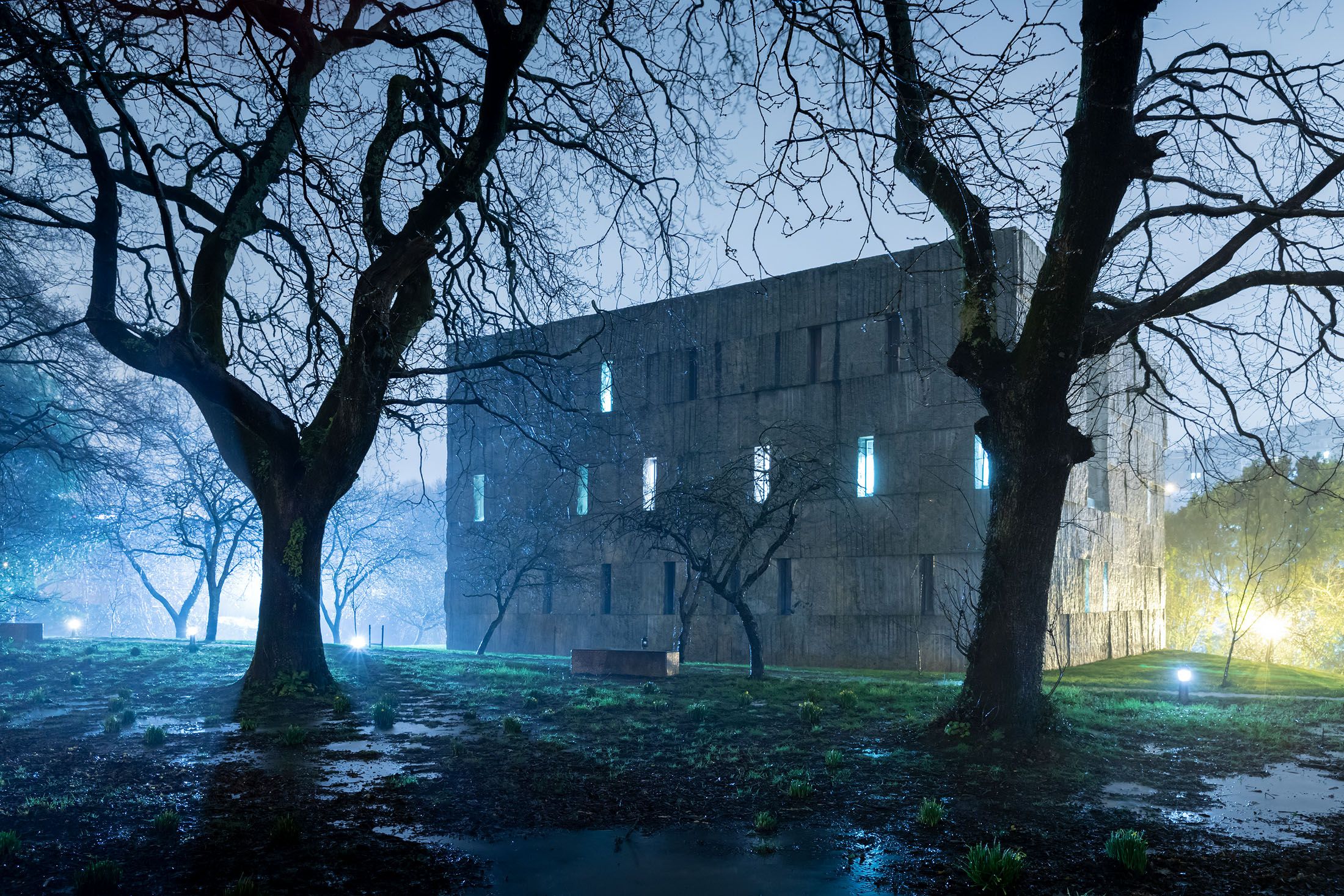Ensamble – Hemeroscopium House
Named after the Greek word for the place where the sun sets, Hemeroscopium House is a bold exploration of balance, gravity, and horizon. Designed by Ensamble Studio, the house captures both domestic space and a distant landscape, framing views through massive structural elements arranged in a seemingly precarious yet precisely calculated order.
Seven large components—including beams and prefabricated elements—are stacked in a helical sequence that begins with a grounded “mother beam” and spirals upward toward lightness and air. Though the structure appears simple, it relies on advanced engineering techniques, including prestressed and post-tensioned steel, to achieve its radical spatial composition.
The result is a house that feels at once heavy and weightless—an architecture of tension, equilibrium, and flowing space, where structure defines experience and landscape becomes an essential part of living.



